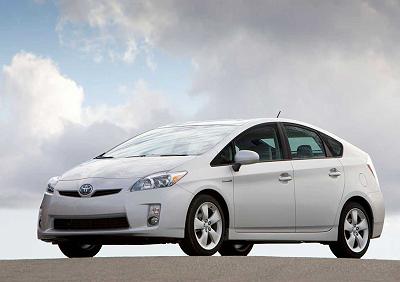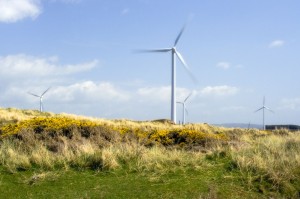The NYT Green Inc Blog examines arguments for different strategies for reducing carbon—the carbon tax, cap-and-trade systems, and simple regulatory reform. Recent fluctuations in the price of carbon credits in the European markets call into question the ability of cap-and-trade systems to work efficiently during an economic downturn.
Do we really want to create another set of poorly understood financial instruments? A revenue-neutral carbon tax can create low-carbon incentives while revenue can be used to reduce payroll taxes. “Tax what we burn, not what we earn.” – James Handley
Other analysts argue that the decline in price is simply the result of the system working; companies meeting their carbon reduction goals simply don’t need to buy the credits, driving down their market price.
Whatever your ideological stance, most experts agree that the roll-out of emissions-cutting technologies will be slowed by the drop in carbon credit prices.





